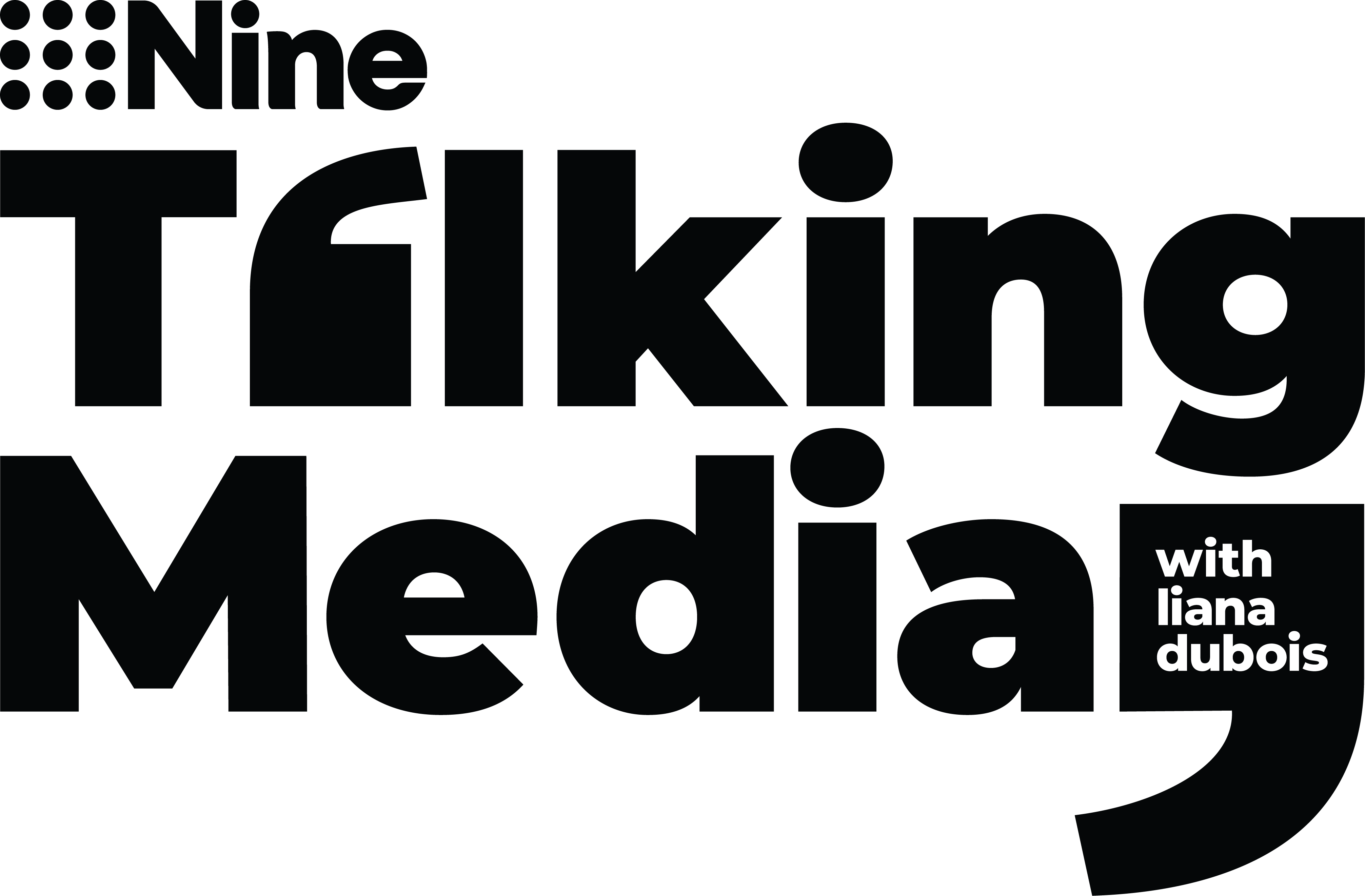



CREATIVITY AND DATA IN TANDEM
Econometrics, creative effectiveness and pre-testing perils unpacked: Previously Unavailable’s James Hurman and Magic Numbers’ Dr Grace Kite on what CMOs finalising FY25 budgets need to know
Deep in the weeds of econometrics, creative effectiveness and their impact on growth, Previously Unavailable’s James Hurman and Magic Numbers’ Dr Grace Kite say marketers can harness both in tandem to drive greater growth, make better bets on which ads and which channels will deliver best bang for buck – and link their efforts directly to the P&L. Just don’t fall into the creative development research trap – or believe everything Scott Galloway says about advertising.
The gold standard
As marketers wrap up 2025 budget planning, a good chunk of them will be using econometric modelling – interchangeable with market mix modelling or MMM – to inform those decisions. Smart move says Dr Grace Kite, founder and economist at magic numbers.
Econometrics, says Dr Kite, is the “gold standard of marketing measurement”. In simple terms, “it’s untangling all the things that make your sales move the way they do and explaining that”, so the likes of the CFO can see the returns marketing is delivering.
It also helps to prove whether ad creative actually works, which channels “give you the best bang for your buck; which combination of channels work really well; which have longer lasting effects and shorter-term effects; and which work best with which creative idea,” she says. Basically, “all of those fantastic things that are going to help you make your media plan the best it can possibly be next year”.
Crucially, says James Hurman, founding partner at Previously Unavailable, econometrics also helps marketers prove both their value.
“What's really cool is everyone in the organisation has their bias – they think it was their thing that did the job and made the sales increase. And most people outside of the marketing department are pretty suspicious about whether the marketing did anything,” says Hurman.
“It's very easy to discount the effects of creativity and advertising. What econometrics can help you do is really make that case and prove that the work made a difference, so we [the business] should continue to invest in that sort of work. In terms of the ‘marketing of marketing’ within an organisation, it’s just such a useful tool.”
Death by research
As marketers prepare to apportion next year’s media budget, Hurman urges brands to make better ads – not paint by the numbers that come out of research or treat that research as predictive. Testing a finished ad for effectiveness is a very different thing to the early-stage stuff, he says, but the two are too often confused.
“Creative development research is only any good if we combine it with the experience, wisdom and judgment of the agency and marketers on the client side,” says Hurman. “Often, if we treat it as predictive and just go with what gets a green light in those early stages, we can go off in the wrong direction and end up with poor outcomes.”
Hurman suggests that is why most ads in creative benchmarking firm System1’s database “score so badly – because they’ve been put through that process, and there been points in that process where we've been put wrong. Because often we’ve thought of things as predictive and used them to get a ‘yes’ or a ‘no’ and only move forward when we get a ‘yes’ from that research,”.
“And that is, unfortunately, the reason why a lot of advertising turns out a bit shit. So I think it’s really important not to confuse creative development research with predictive pre-testing. Because they are totally different things – even though most marketers tend to think of them all as pre-testing.”
Plus, he says, there is no way an early, unfinished concept can be properly appreciated. So killing them off by overly prescriptive research means losing potentially great, brand-building ads.
Consistency across channels = ROI
System1’s data on 15 years' worth of campaigns shows that half of an ad’s effectiveness comes down to the quality of the creative and the other half comes from the media.
Dr Grace Kite says that is why it is critical to turbocharge great creative with enough media spend across multiple channels – and not to chop and change too often.
“Consistency over time and backing your idea for a decent amount of time with a decent amount of money, that's really, really important,” says Dr Kite.
Her research – consistent with findings by the likes of Peter Field, Warc and the IPA – suggests that “the more media channels you use, the higher return on investment you get”.
The challenge is, if brands are pushing ads across “five, six, seven different media channels, it’s a lot of work to get them working together”, says Dr Kite. Hence “consistency across platforms” is key, and Dr Kite thinks ensuring that level of brand consistency “will become a really important skill” as fragmentation continues.
Rational ads crimp future demand
On best bang for buck channel selection, Dr Kite says start-ups and younger brands can find high ROI and rapid traction via simple, tactical stuff such as search, social and performance-type ads. But as brands get bigger and more mature, that stops working, “and performance marketing isn’t good enough anymore”.
“So at that point, things like TV are really important and tend to come out with the highest return on investment,” says Dr Kite, and they also have a halo effect on performance channel investment.
Plus, brand-building channels like TV help prime what James Hurman calls ‘future demand’, which performance marketing by nature can’t do if people aren’t immediately in market and ready to buy. Which is why he and many others urge marketers to focus more on emotion within advertising and less on the rational side of things.
Plant memories, make people feel something
“If [a consumer is] not going to come into the market for six months, or 12 months, then it's all about planting memories not trying to get them to do something they're not going to act on,” says Hurman.
“The reason why TV is so powerful is that it's the best thing for planting emotional memories and feelings into people.
“If we want someone to remember something in 12 months’ time there is no point giving them a fact, because there's no way they will remember it. But they will remember how we made them feel. And if we made them feel great, then when they turn up in the category they're going to bias towards us”.
“When we're rational all the time, we're not able to plant those memories. And then six months later when people come back into the market, they forget.”
Hurman thinks even relatively fast-moving consumer goods brands can underweight future demand building and overweight performance.
He points out that FMCG staples like laundry powder – the original soapbox TV advertisers – are actually aiming at consumers who may be in market only every six months if they are selling packs with 50 or 100 tabs.
“So we think about these fast-moving consumer goods as if they're categories that people are in every day, but they're actually not. Most people come and go and there’s really large amounts of time in between.”
Why Scott Galloway is wrong on advertising …
Both Dr Kite and Hurman are proponents of effective advertising as a cornerstone of brand building, even in an age of fragmentation. But some marketing luminaries, such as Professor Scott Galloway, have suggested otherwise.
“Show me a company that has added more than $100Bn in market cap in the last decade and I’ll show you a company that doesn’t advertise very much” says Galloway.
Hurman’s a Galloway fan, but says that’s not actually true (Mi3 has also debunked that claim). Google, Facebook and Netflix are among the biggest advertisers in the world, says Hurman, while “no company has ever spent more than $20 billion in advertising in one year other than Amazon, and they've done it for the past two years running”.
He says the fact that those companies started off without much advertising – but now are among the biggest spenders in the world – underlines Dr Kite’s point about performance advertising and ‘growth hacking’ maxing out once companies get to a certain size, because they eventually run out of pre-existing demand.
“They reach that point where you end up needing advertising to remain competitive, and that's not a bad thing. That's a tool we have at our disposal to ensure that our companies remain competitive and continue growing.”
… and why big brands grow bigger
Plus, says Dr Kite, those big companies realise that advertising investment delivers a profit multiple – they just haven’t always been able to quantify it. But that’s where econometrics comes in.
She cites the latest Thinkbox study by Ebiquity, GroupM, and WPP-owned Gain Theory, by way of example.
The study pooled £1.8 billion worth of media spend across 141 brands and 14 categories, “and they were able to go all the way through to the profitability of different advertising” says Dr Kite.
Crucially, these were large, mature businesses.
“In terms of profit, they came out with something like £1.90 for every £1 spent in the UK [on advertising]. That's fantastic. You can almost double your money by doing advertising if you are that type of [large] business.”
And that’s just the short-term profit impact, immediate and up to three months out. Long term – 14 weeks to two years – the data showed average ROI of £4.11 for every £1 invested in advertising across the pool.
Interestingly, Dr Kite noted the study found that for those larger businesses, “print, audio and TV were the strongest [channels] on profit”.
Something to bear in mind for those marketers still finalising FY25 budgets.
Have a question or comment about this episode? We'd love to hear from you. Please fill in the form.



